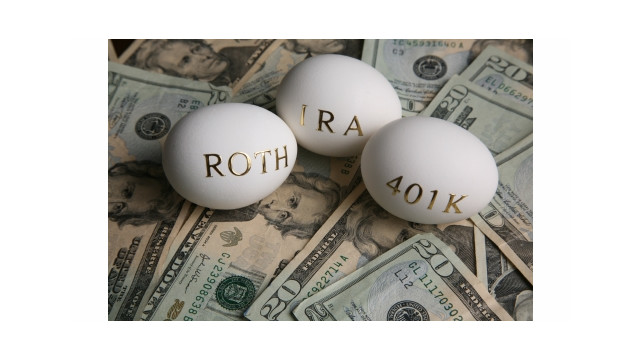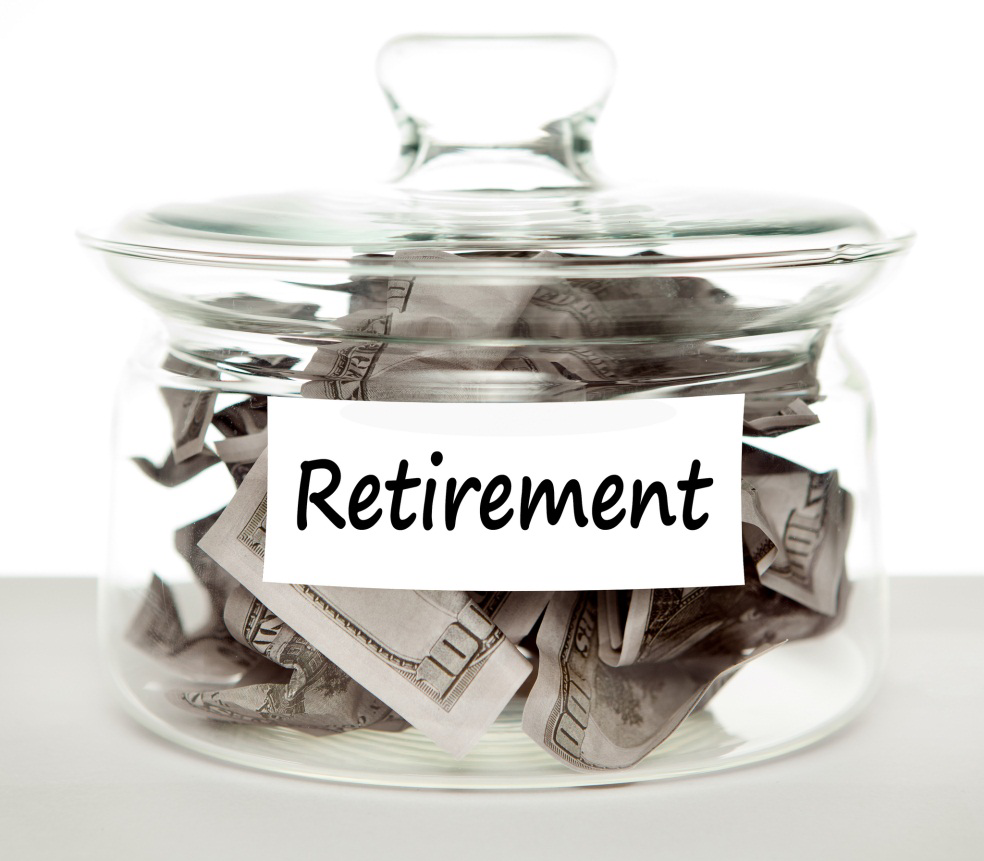For a long time, self-employed taxpayers had to take a backseat to corporations when it came to qualified retirement plans. Not anymore. Now you have options that are virtually the same as bigger companies with corresponding tax breaks. Here are four possibilities to consider.
1. Solo 401(k) plans: Yes, Virginia, a self-employed business owner can have his or her own 401(k). Generally, the basic rules for corporate 401(k) plans apply to solo plans as well. For instance, you can defer up to $19,500 in 2021 ($26,000 if you’re age 50 or over), while overall deductible contributions for this defined contribution plan, including matching contributions, can’t exceed the lesser of 25% of compensation or $58,000 ($64,500 if age 50 or over).
Key point: If you have other employees, they must be accommodated with matching contributions, when appropriate. Nevertheless, this option may be preferable to others because of the high contribution limits.
2. SEPs: Frequently, a self-employed individual will rely on a Simplified Employee Pension (SEP) designed to resemble a traditional IRA. If you have any other employees, they must be covered. Generally, you contribute to the plan based on a percentage of compensation, up to the tax law limits, although annual contributions are not required.
Deductible SEP contributions in 2021 can’t exceed the lesser of 25% of the employee’s compensation or $58,000. As with other qualified plans, the maximum compensation taken into account in 2021 is limited to $290,000.
3. SIMPLEs: As the name implies, a Saving Incentive Match Plan for Employees (SIMPLE) is characterized by simplicity, This plan is only available to a business with 100 or fewer employees and no other retirement plan. You must make a matching contribution equal to a certain portion or percentage of the employee’s contribution or a minimum non-elective contribution for all plan participants.
For 2021, you can contribute up to $13,500 to a SIMPLE ($16,500 if age 50 or over). Added incentive: You don’t have to file an annual return for the plan.
4. Keogh plans: You may think that the Keogh plan— devised specifically for self-employeds years ago—is a dinosaur, but it is still kicking around. There are two main types: defined contribution Keoghs and defined benefit Keoghs. The basic rules for these type of plans apply, but the annual contribution limit is based on “earned income” instead of “compensation.” This effectively reduces the percentage cap for self-employed individuals.
As opposed to defined contribution plans, a defined benefit plan may provide an annual retirement benefit equal to the lesser of 100% of earned income for the three highest-paid years or $230,000 in 2021.
In summary: There’s a lot to consider when choosing a retirement plan for your self-employed business. After you obtain all the information you need, make an informed decision with assistance from a professional.
Thanks for reading CPA Practice Advisor!
Subscribe Already registered? Log In
Need more information? Read the FAQs
Tags: Payroll




